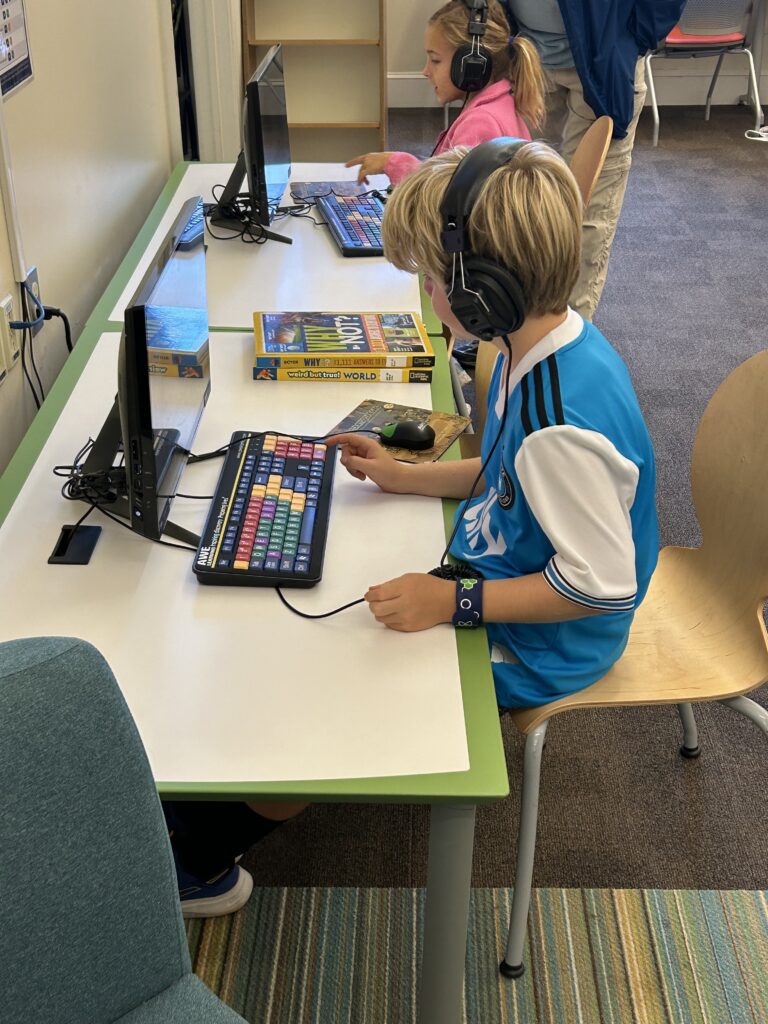Media wellness is essential for students today. However, many people feel that the media is harmless entertainment. Even still, research demonstrates the impact media has on students. In schools, media education helps students recognize its influence.
For students, media is available everywhere and at any time. That is the reason students need media literacy in school. Education helps inform students. It builds awareness of sensitivity to prejudice and an understanding of diversity.
Media Wellness Helps Students
Media literacy leads to media wellness for students. Studies show that media education reduces body dissatisfaction caused by excessive media messages. It also helps students detect the accuracy of the news and the falsehoods in the news. Thus, students can make informed decisions.
There is much evidence of the value of media literacy for students. Consider these areas for students’ media wellness.
- First, the information that is given. Students must think about what the media is saying and what it promises.
- Second, the feelings that are conveyed. Consider if the message is positive or negative.
- Third, aesthetically, or how the message is delivered. Determine if the message is believable.
- Lastly, the moral values conveyed. Students should determine exactly what the message conveys.
Educating students about media wellness gives students the tools to be media consumers. The goal of media wellness is for students to detect, analyze, and evaluate negative or false statements. It means clarifying something that is already taught. Literacy is teaching students to read and write.
Teaching media literacy gives students the tools to clarify misinformation. Students begin to ask questions and make sound judgments based on evidence.
- Educating students helps them acquire skills and deeply think about what is conveyed in the media.
- Students learn to ask questions rather than answer the questions asked by the teacher. They learn to question all media, including books and posters.
- Students learn to find other sources to determine the appropriateness and reliability of material.
- Research helps students justify documented evidence.
Acquiring literacy wellness prepares students to exercise their civic responsibilities. They change from absorbing media text to questioning and understanding the information.
Helping Students at Home
Students need to learn what quality journalism and good media look like. Most students spend time-consuming media at home. Parents need to understand how students process what they see and read. They need to ask questions and use evidence-based resources. Most of all, media guidelines should be developed that are age-appropriate. When possible, use media together.



